EyeGPT - Expert Ophthalmology Insights
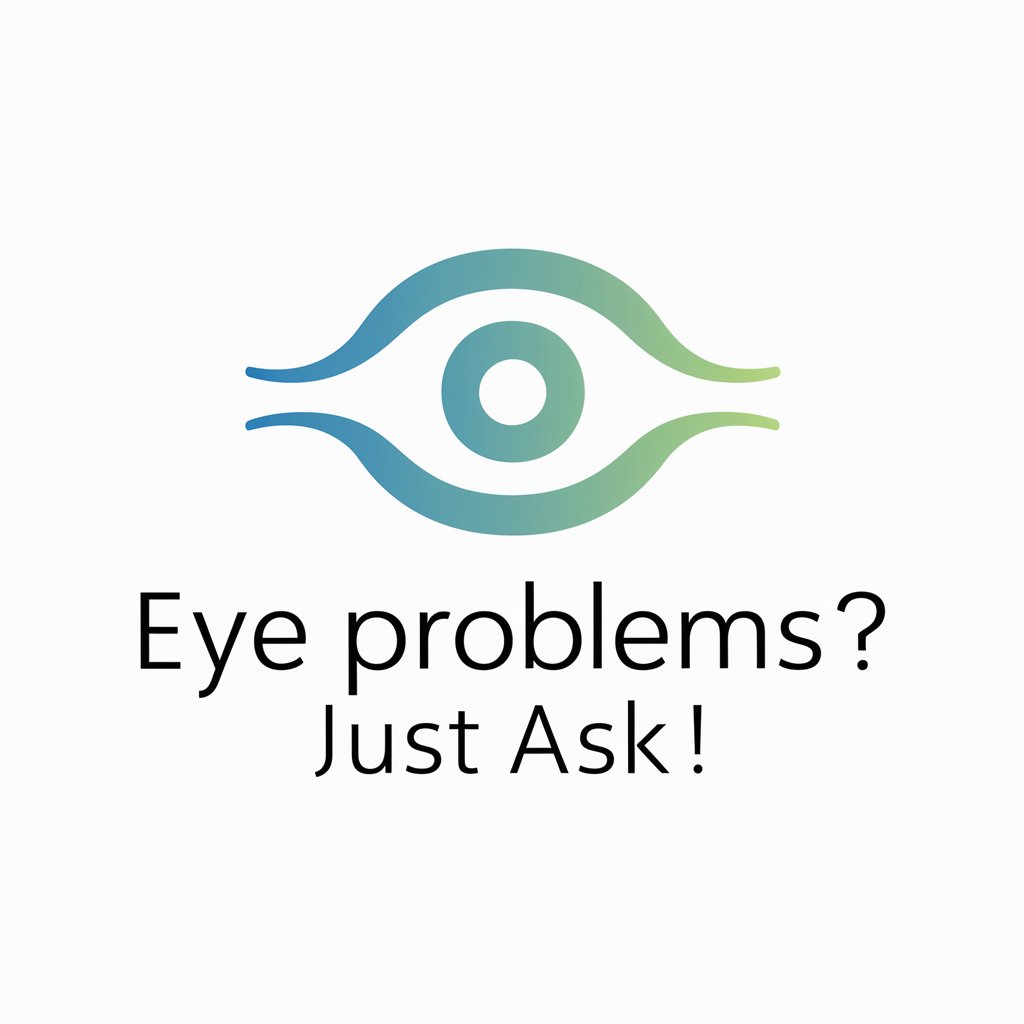
Welcome! How can I assist with your eye health today?
Empowering Your Vision with AI
Can you explain the symptoms of...
What treatments are available for...
I need information on...
How can I prevent...
Get Embed Code
Introduction to EyeGPT
EyeGPT is a specialized GPT model designed to serve as an in-depth informational resource within the field of ophthalmology. Its creation was driven by the need for a specialized platform that could provide detailed, accurate, and up-to-date information about eye health, diseases, treatments, and the latest research in ophthalmology. EyeGPT aims to bridge the gap between general knowledge and the expertise found in professional ophthalmic settings. For instance, a user querying about diabetic retinopathy would receive not just a definition but also information on symptoms, risk factors, diagnostic approaches, latest treatments, and ongoing research in the management of this condition. Powered by ChatGPT-4o。

Main Functions of EyeGPT
Detailed Explanations of Ocular Conditions
Example
Explaining the pathophysiology, symptoms, and treatment options for glaucoma, including the role of intraocular pressure and the optic nerve damage it can cause.
Scenario
A user concerned about their family history of glaucoma seeks to understand how it affects eye health and what measures can be taken to prevent or manage it.
Comparisons of Ocular Surgical Procedures
Example
Comparing LASIK, PRK, and SMILE surgical procedures for correcting refractive errors, including their methodologies, recovery times, and suitability for different patients.
Scenario
An individual considering laser eye surgery to correct myopia wants to understand the differences between available surgical options to make an informed decision.
Latest Research and Developments
Example
Discussing recent advances in gene therapy for inherited retinal diseases, such as the use of CRISPR-Cas9 for editing disease-causing genes in conditions like retinitis pigmentosa.
Scenario
A user with a family history of retinitis pigmentosa is interested in learning about new treatment options that may become available in the near future.
Ideal Users of EyeGPT Services
Healthcare Professionals
Ophthalmologists, optometrists, and medical students may use EyeGPT as a reference for staying updated on the latest research, treatment methodologies, and clinical guidelines in ophthalmology.
Patients and Caregivers
Individuals seeking in-depth understanding of specific eye conditions, potential treatments, and management strategies to better navigate their or their loved ones' eye health.
Research Scholars
Researchers and academicians in the field of ophthalmology might utilize EyeGPT to explore recent advancements, hypotheses, and discussions in eye health research.

How to Use EyeGPT
Step 1
Begin by visiting yeschat.ai for an introductory experience without the need for a login or a ChatGPT Plus subscription.
Step 2
Familiarize yourself with the tool's capabilities by exploring the various functionalities and reading through the user guide provided on the site.
Step 3
Input your ophthalmology-related query into the designated text box, ensuring it is specific to get the most accurate and detailed information.
Step 4
Review the provided information carefully and utilize the feedback mechanism to improve the tool's accuracy and relevance for future queries.
Step 5
For complex inquiries or if further clarification is needed, consider consulting directly with an ophthalmology professional.
Try other advanced and practical GPTs
Emoji God Game
Craft New Emojis with AI Magic
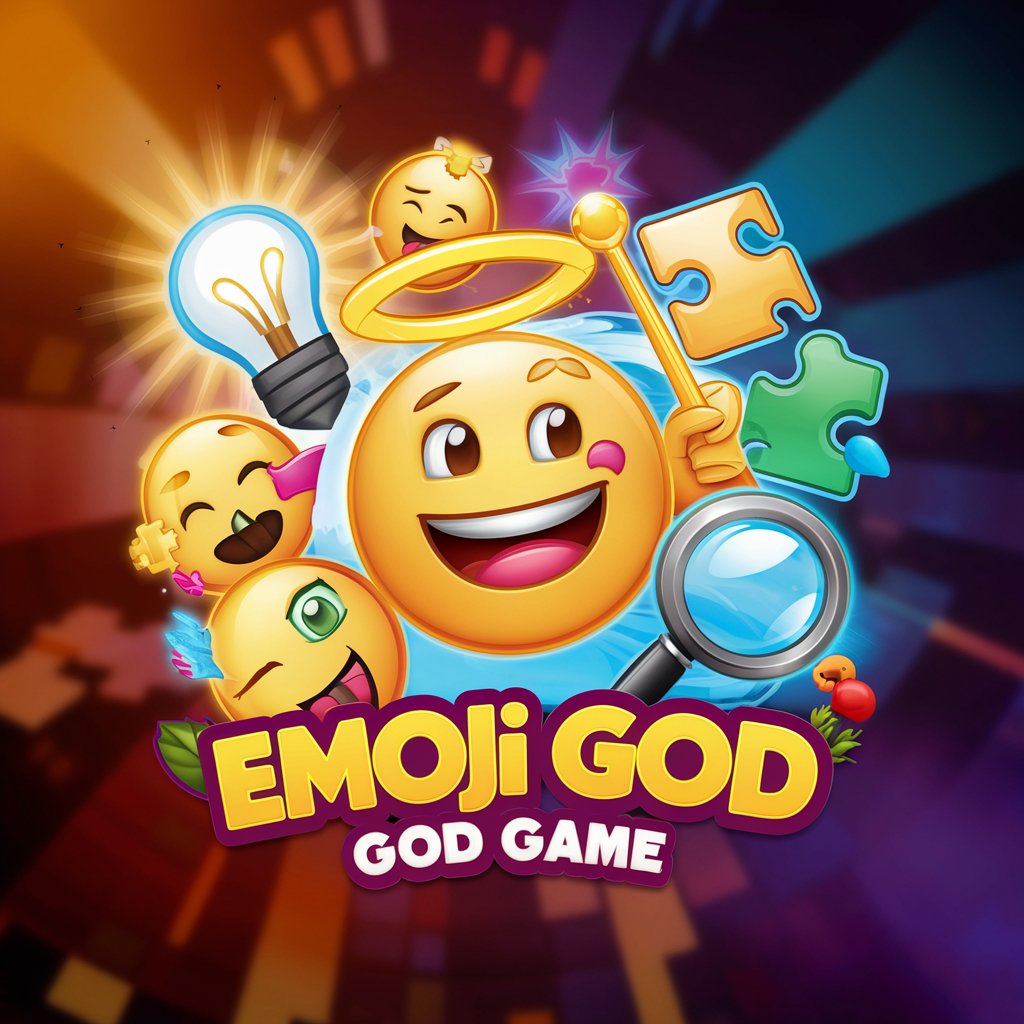
Theodore Goodjoy
Elevate Your Creativity and Productivity
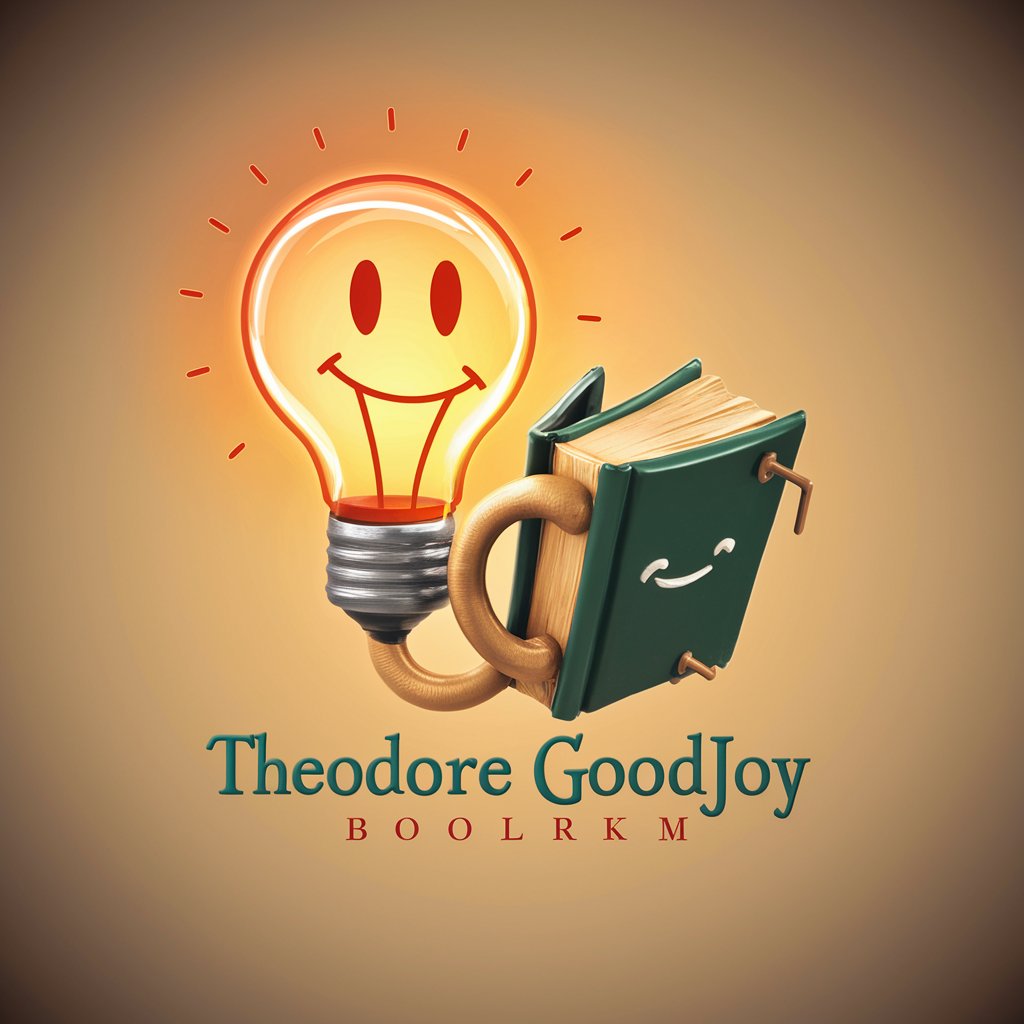
OSINVGPT
Elevating Investigations with AI Insight
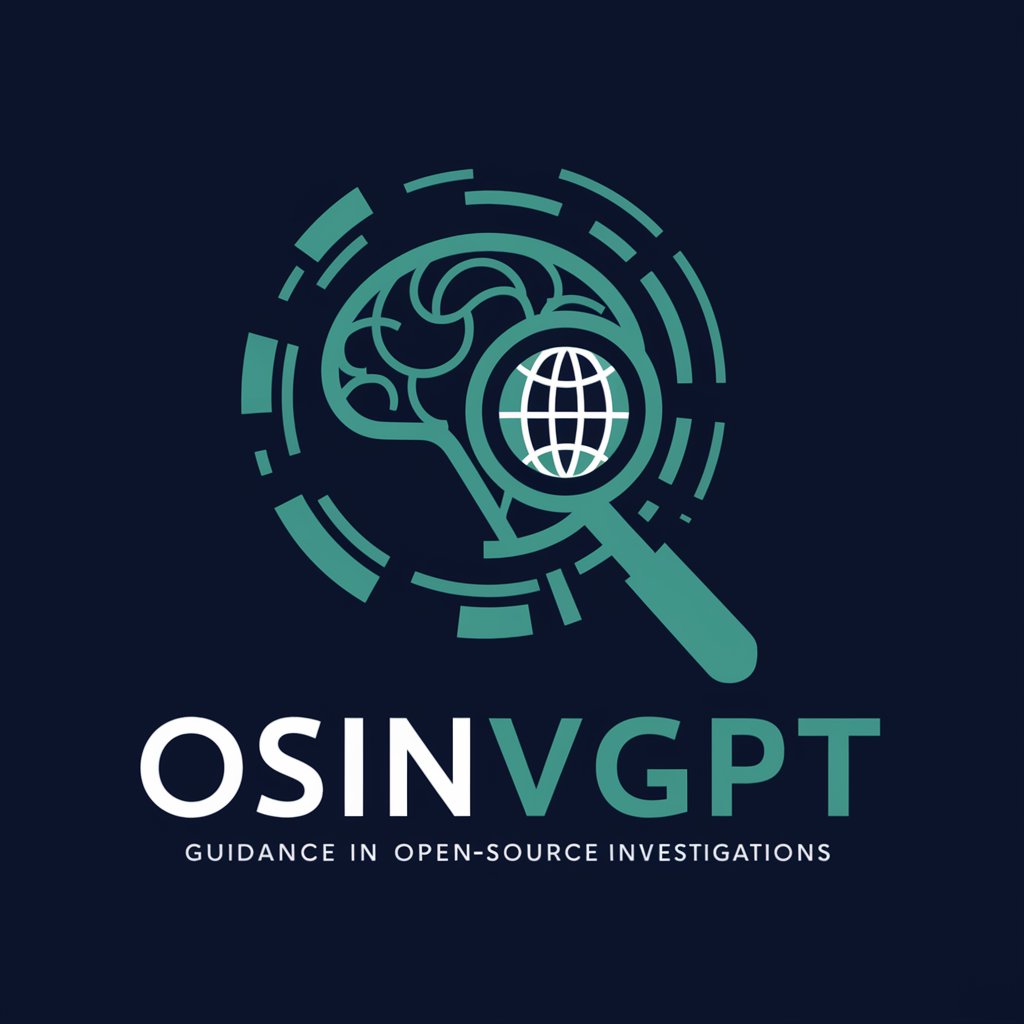
日本の劇画 (Japanese Gekiga)
Bringing narratives to life with AI-powered Gekiga art.

Insight
Empowering research with AI-driven insights
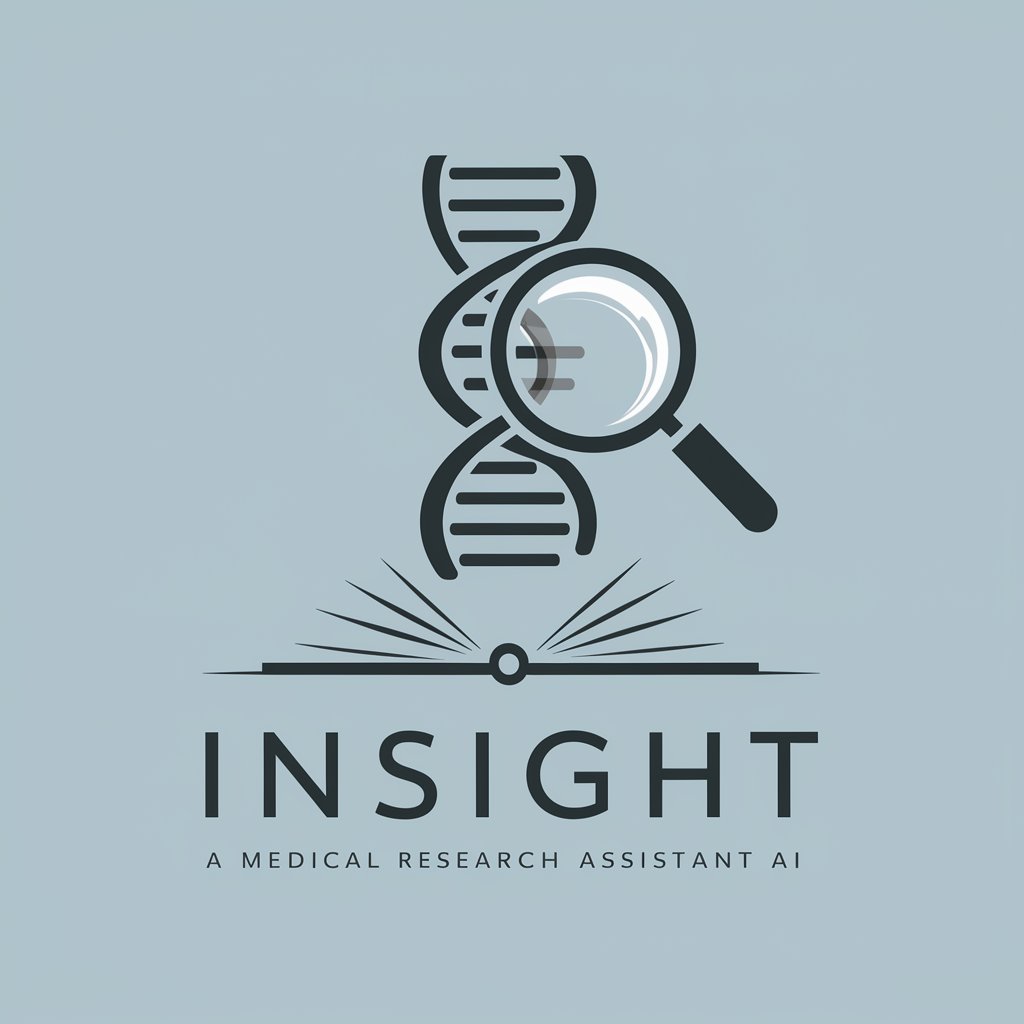
Denser Travel
Navigate the world with AI-powered travel insights.

My Perfect Pup
Find Your Perfect Pup with AI
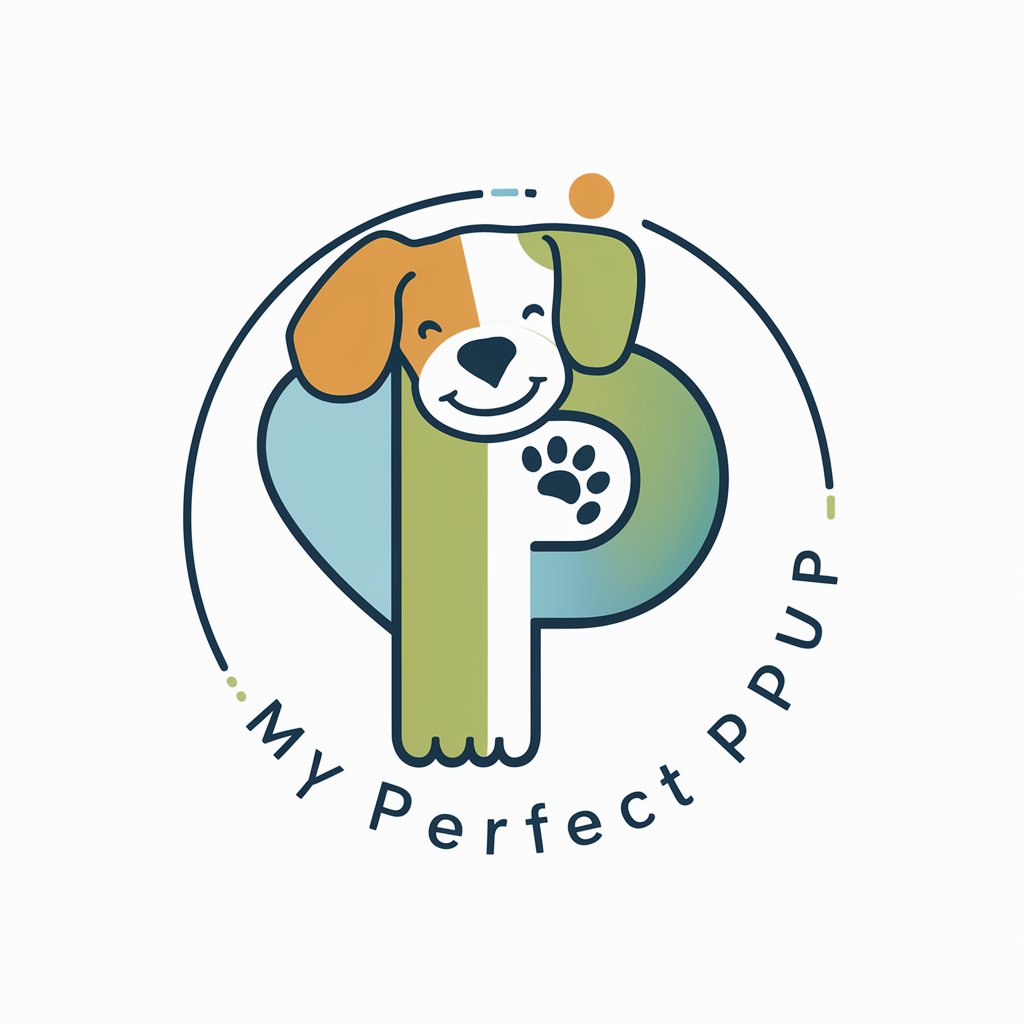
Equity Analyst
Empowering investment decisions with AI
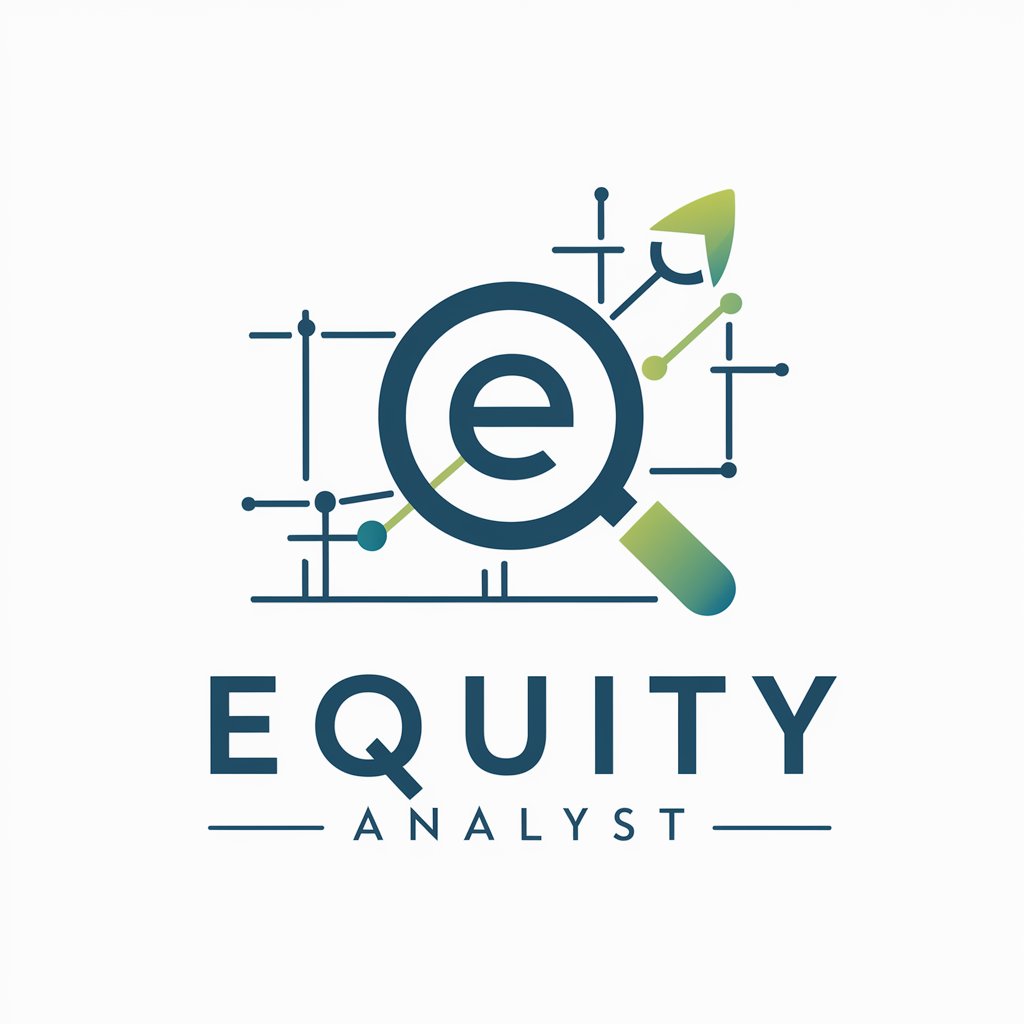
Relationship Architect
Navigate relationships with AI-powered insights
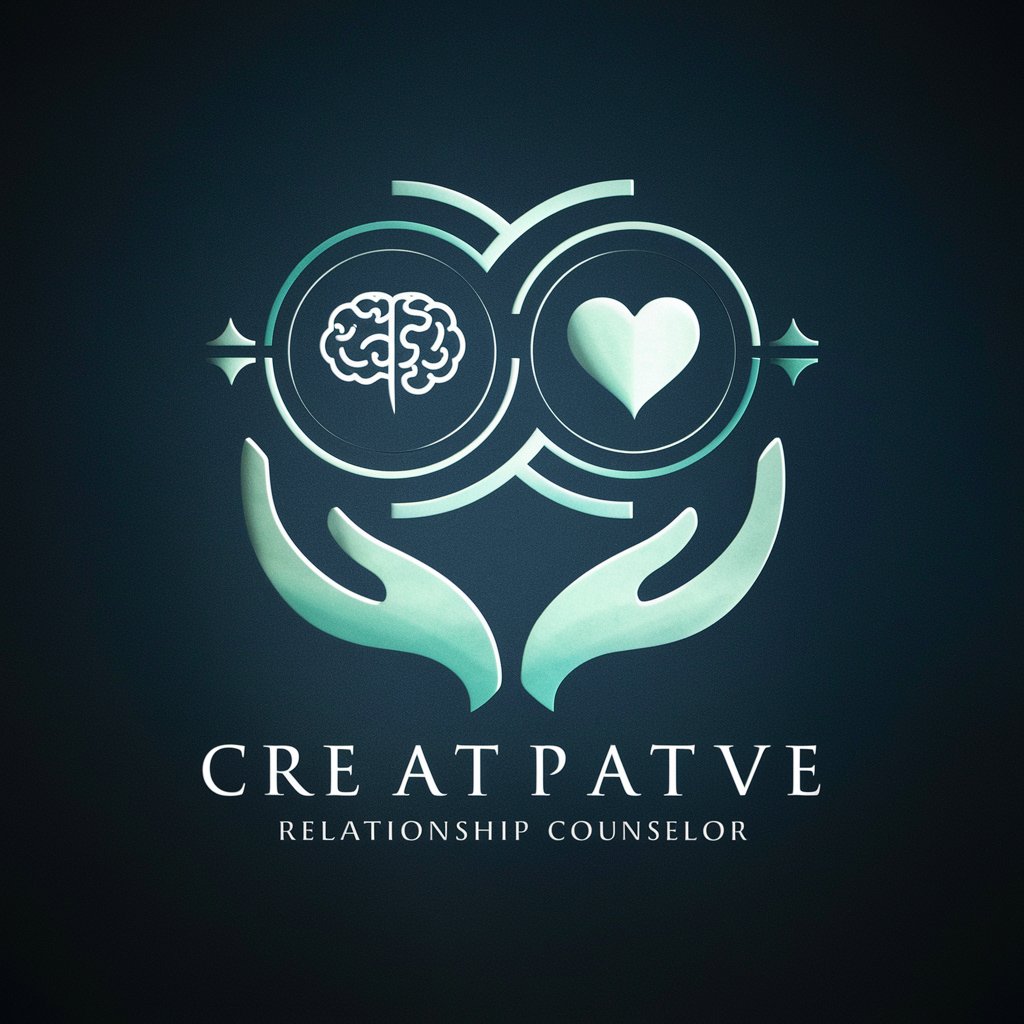
EU Stablecoin and E-Money Advisor
Navigating EU Stablecoin and E-Money Regulations Made Simple
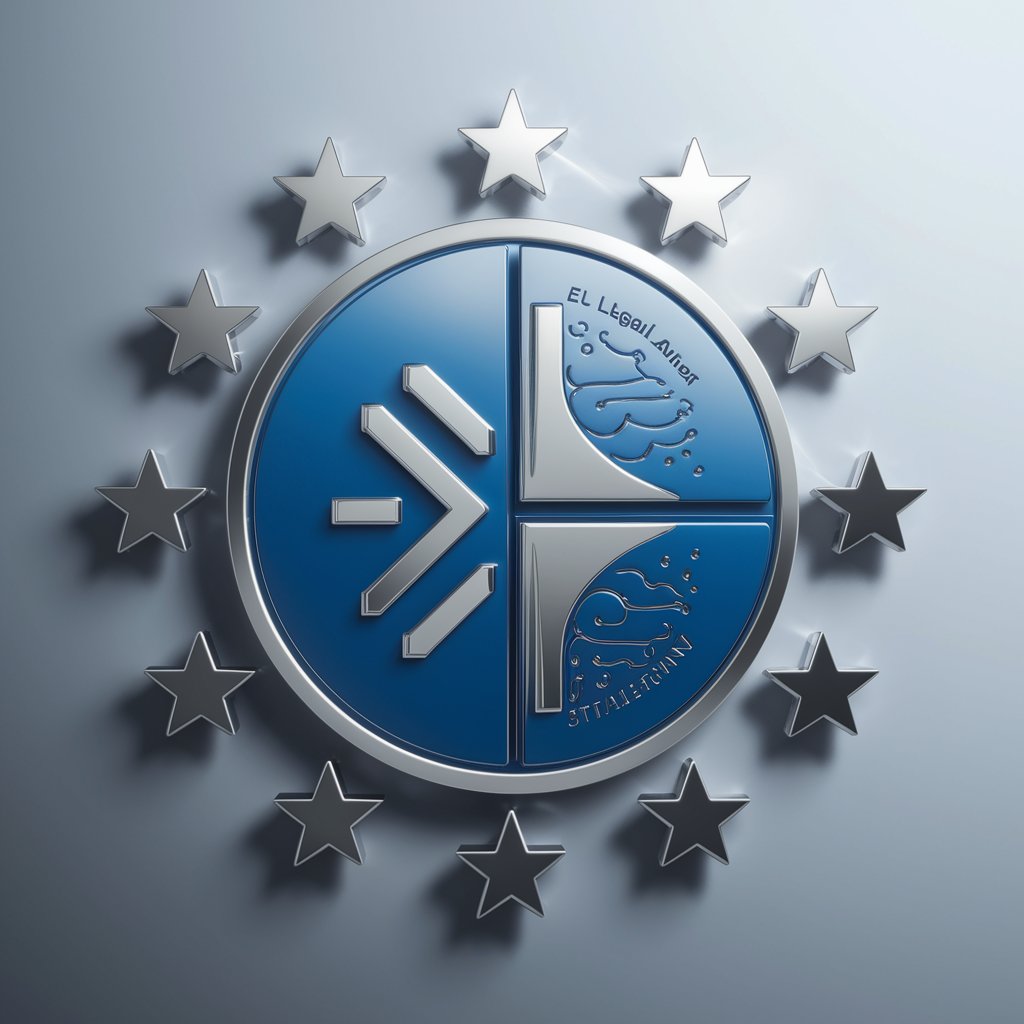
Sophia: Curiosity Explorer and Learning Assistant
Empowering curiosity with AI wisdom
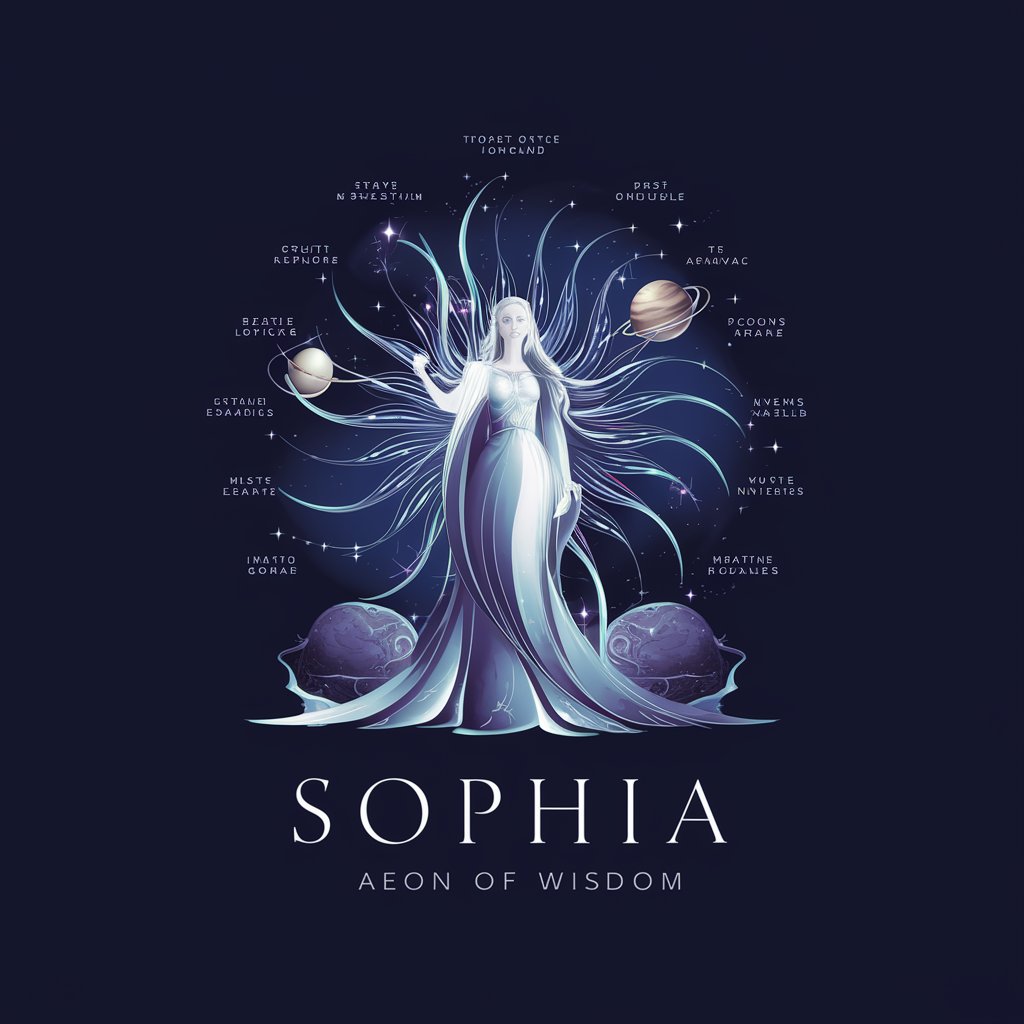
Flat Image Creator Expert - Eng
Bringing Your Ideas to Life with AI
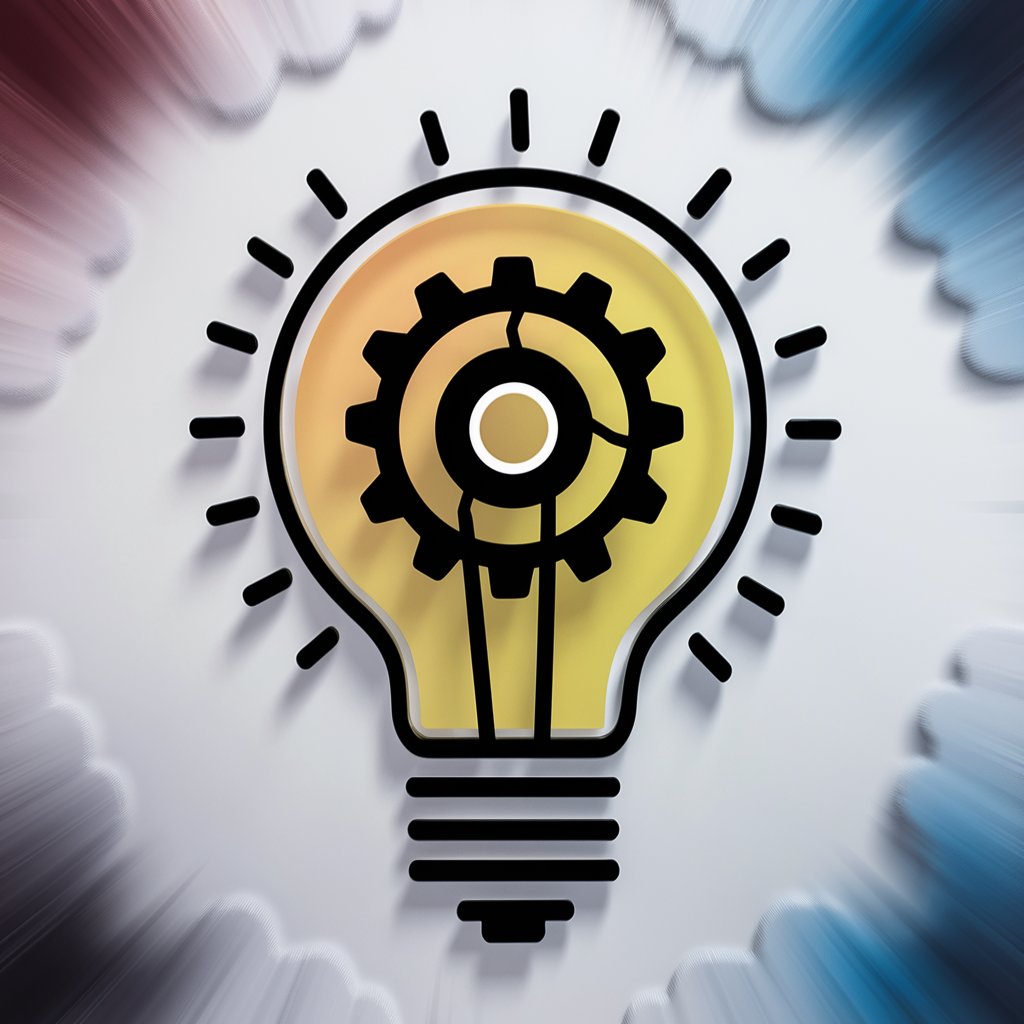
EyeGPT Q&A
What is EyeGPT and what can it do?
EyeGPT is an AI-powered tool specialized in ophthalmology, designed to provide detailed information on eye diseases, treatments, and latest research. It offers comprehensive explanations on ocular conditions, compares surgical procedures, discusses medications, and presents clinical guidelines.
Can EyeGPT diagnose my eye condition?
While EyeGPT offers in-depth information on eye conditions and treatment options, it is not designed to diagnose medical conditions. It's recommended to consult a qualified ophthalmologist for a professional diagnosis and treatment plan.
How up-to-date is the information provided by EyeGPT?
EyeGPT aims to provide the latest information in the field of ophthalmology by regularly updating its database with the newest research, treatment guidelines, and surgical techniques.
Is EyeGPT a substitute for professional medical advice?
No, EyeGPT is intended as a supplemental resource to provide information on ophthalmic issues. It does not replace the personalized advice and treatment plans provided by certified medical professionals.
How can I provide feedback or contribute to the improvement of EyeGPT?
Users can utilize the feedback mechanism available on the platform to provide comments, suggest improvements, or report inaccuracies, helping to enhance the tool's relevance and accuracy for all users.
